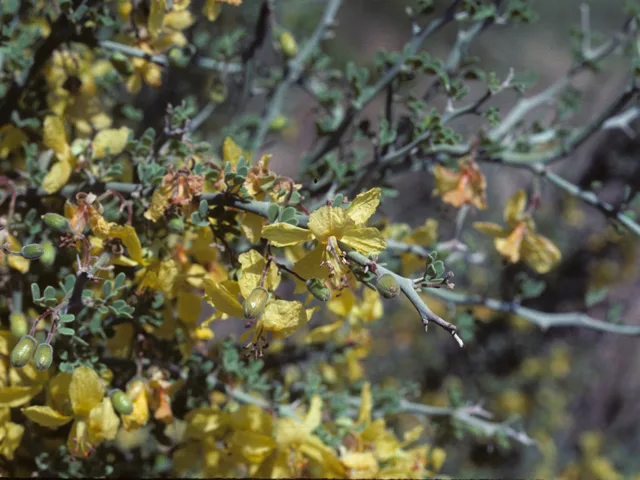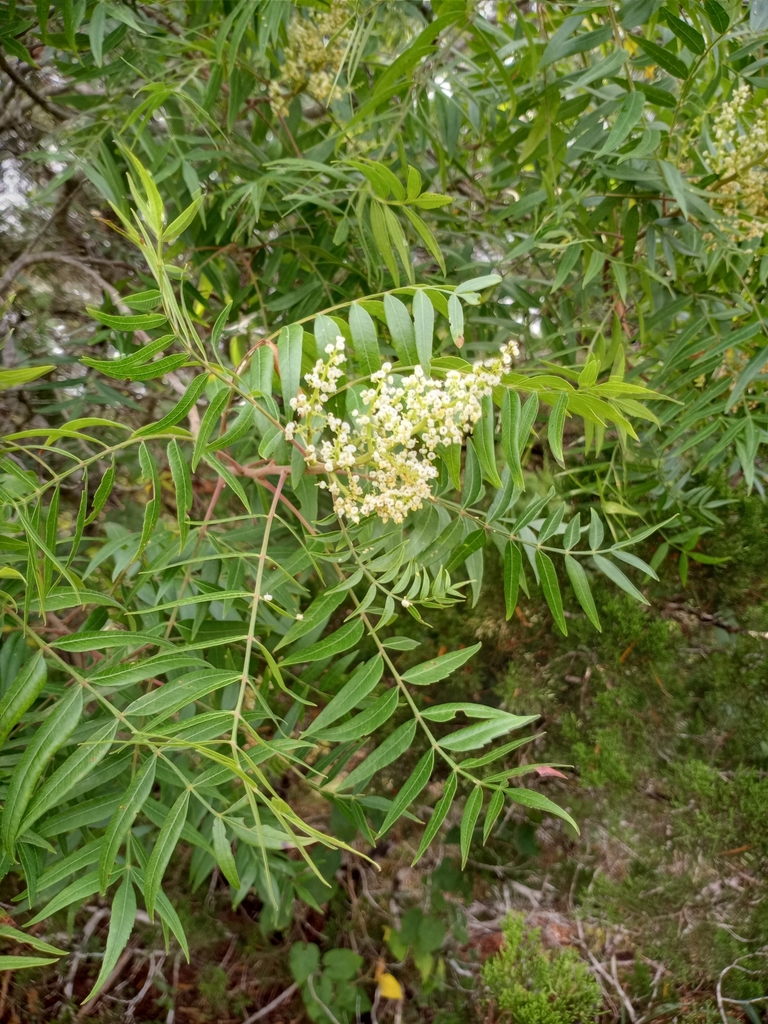Table of Contents
These are native plants that grow well in the New Braunfels area. These plants will be available at our plant sale on April 20, 2024 from 9:00am to 1:00pm. You can view the gallery of available plants below or use the table at the end of this page to make your own plant or shopping list.
Available Plants by Type
Herbaceous
Green Milkweed
Asclepias viridis

Winecup
Callirhoe involucrata
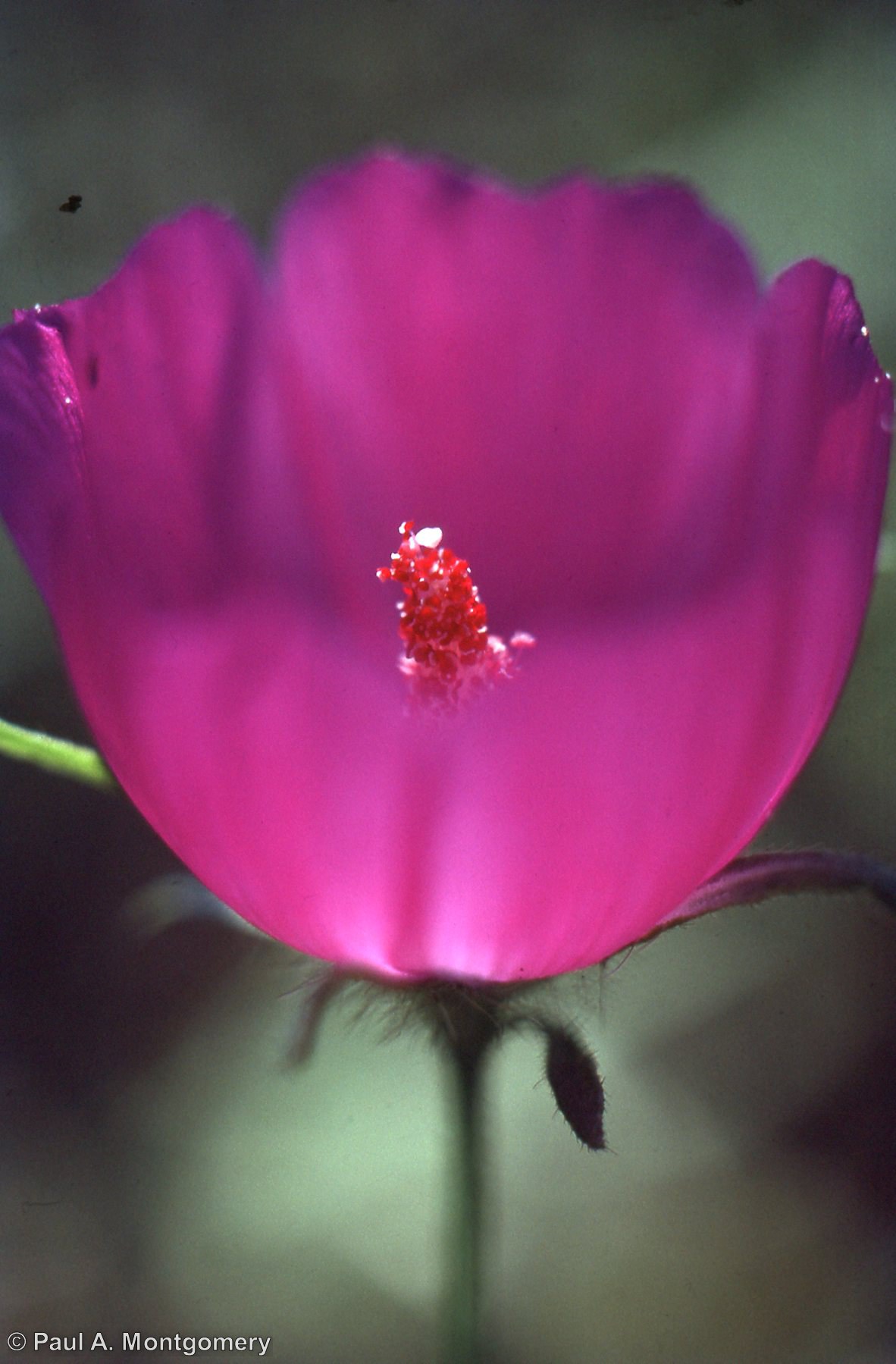
Chile Pequin
Capsicum annuum

Gregg's Mistflower
Conoclinium dissectum

Lanceleaf Coreopsis
Coreopsis lanceolata

Purple Coneflower
Echinacea purpurea

Heartleaf Rosemallow
Hibiscus martianus
Gayfeather
Liatris punctata
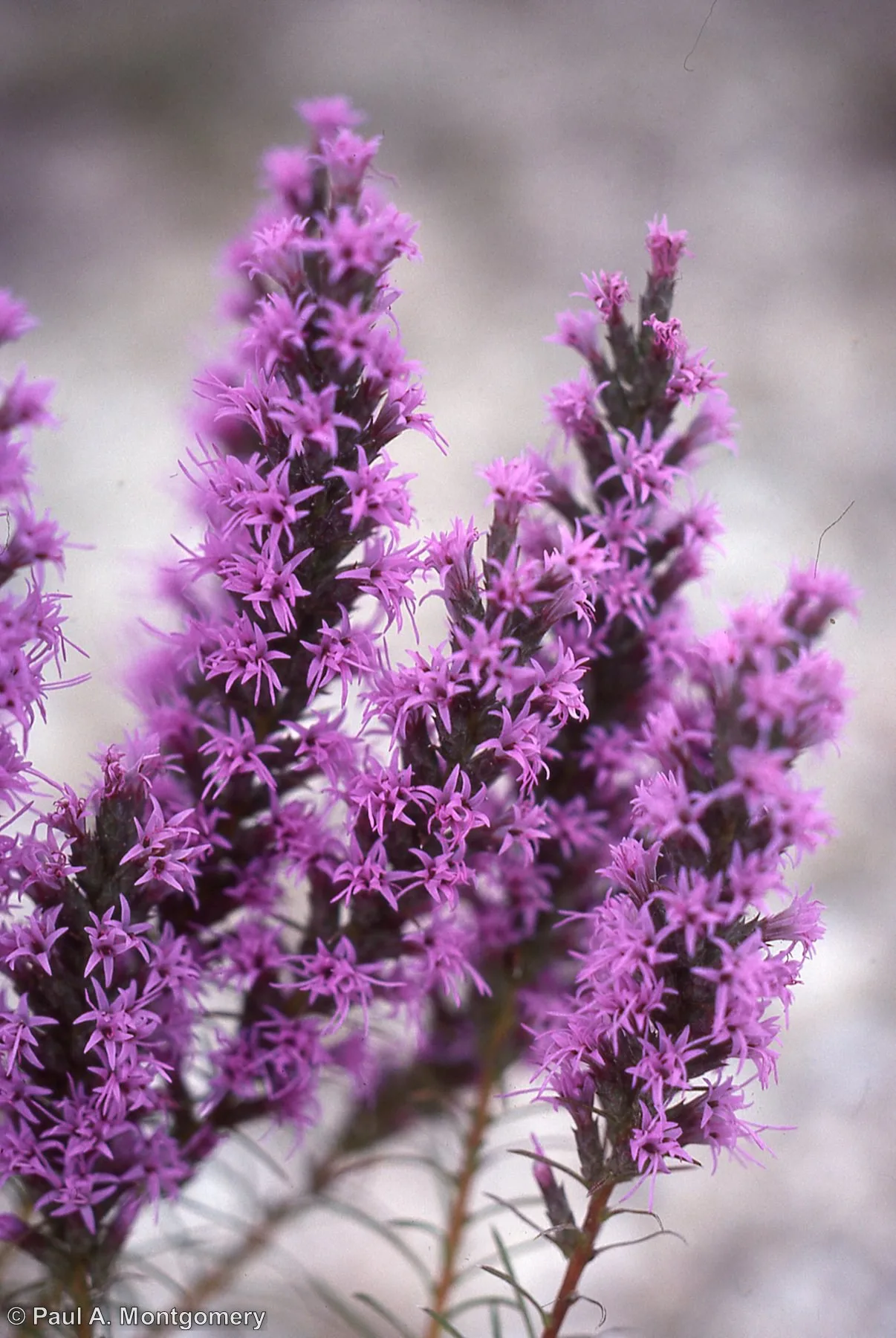
Blackfoot Daisy
Melampodium leucanthum

Wild Foxglove
Penstemon cobaea

Gulf Coast Penstemon
Penstemon tenuis

Obedient Plant
Physostegia virginiana

Pigeonberry
Rivina humilis

Black-Eyed Susan
Rudbeckia hirta

Drummond's Wild Petunia
Ruellia drummondiana
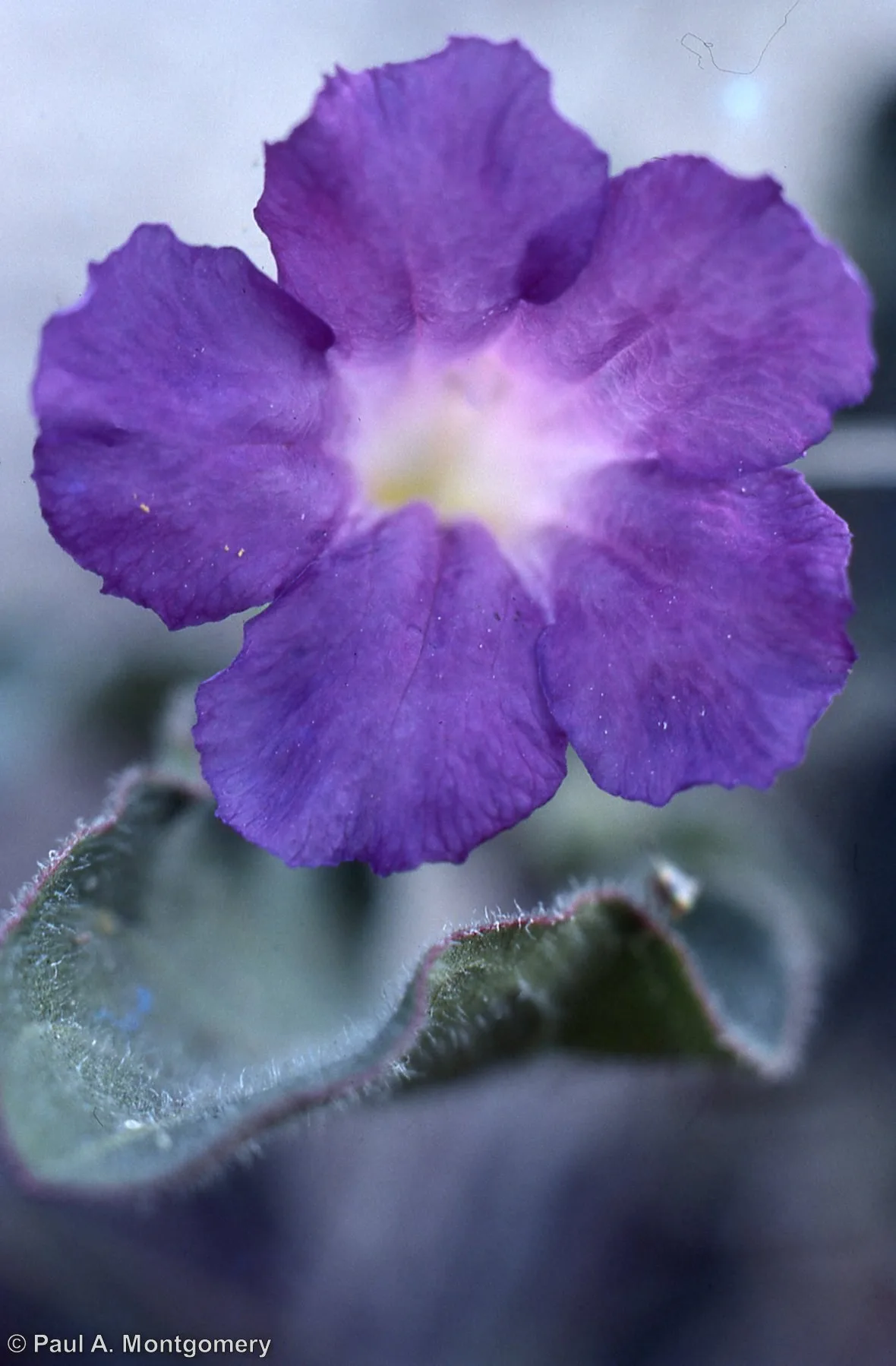
Scarlet Sage
Salvia coccinea

Mealy Blue Sage
Salvia farinacea

Heartleaf Skullcap
Scutellaria ovata

Bush Sunflower
Simsia calva
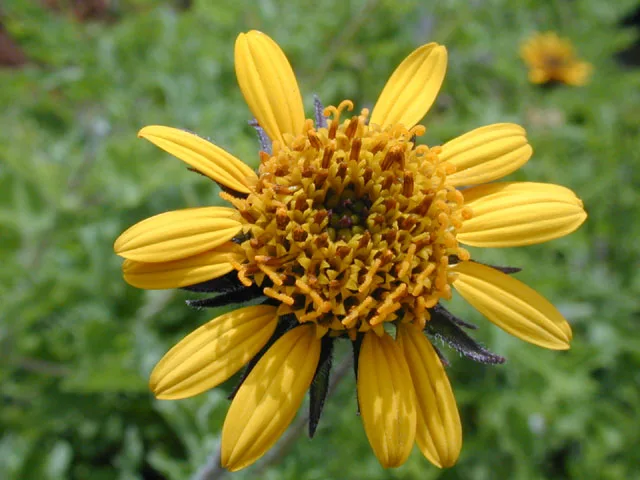
Prairie Goldenrod
Solidago nemoralis

Gray Globemallow
Sphaeralcea incana
Prairie bluet
Stenaria nigricans

Texas Aster
Symphyotrichum drummondii var. texanum
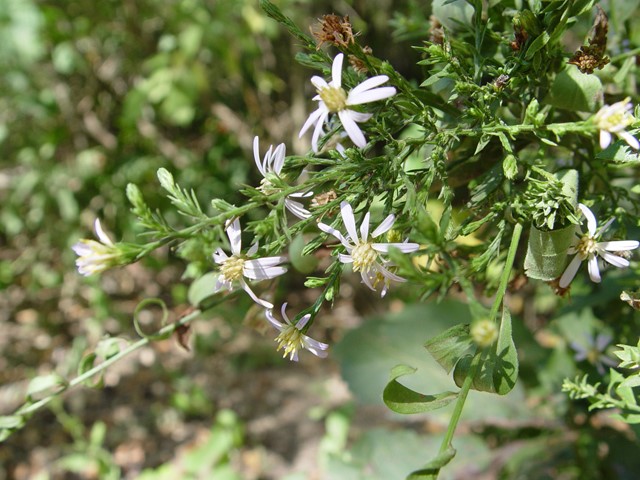
Four-Nerve Daisy
Tetraneuris scaposa

American Germander
Teucrium canadense
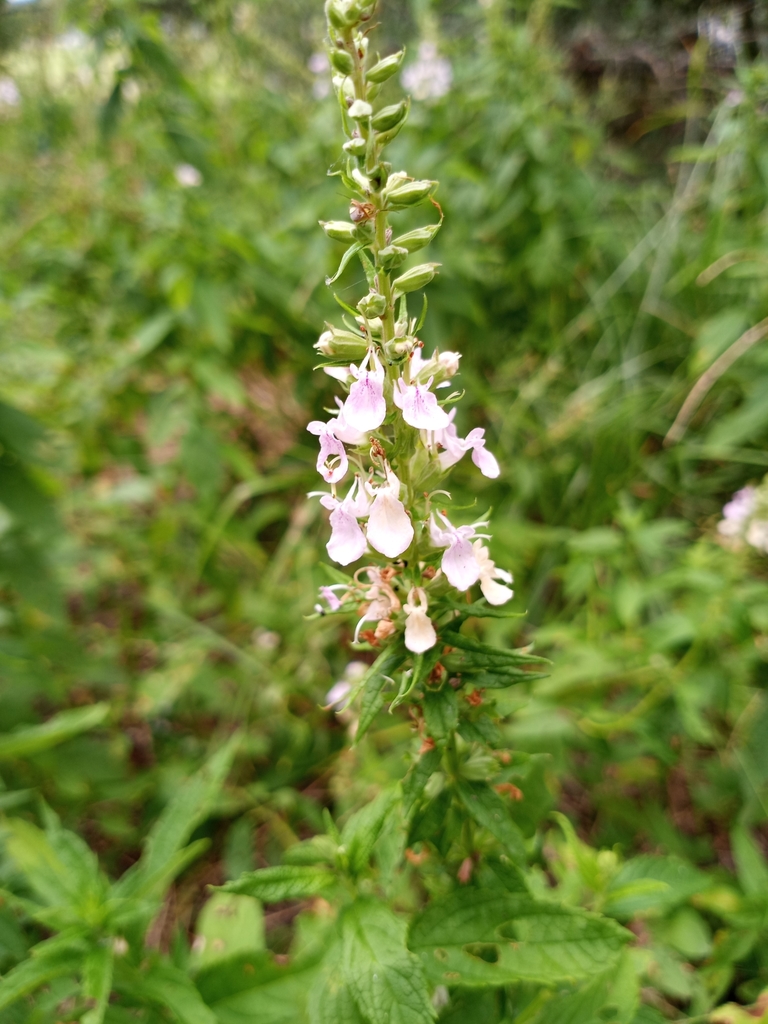
Cowpen Daisy
Verbesina encelioides

Grass & Sedge
Texas Sedge
Carex texensis

Inland Sea Oats
Chasmanthium latifolium
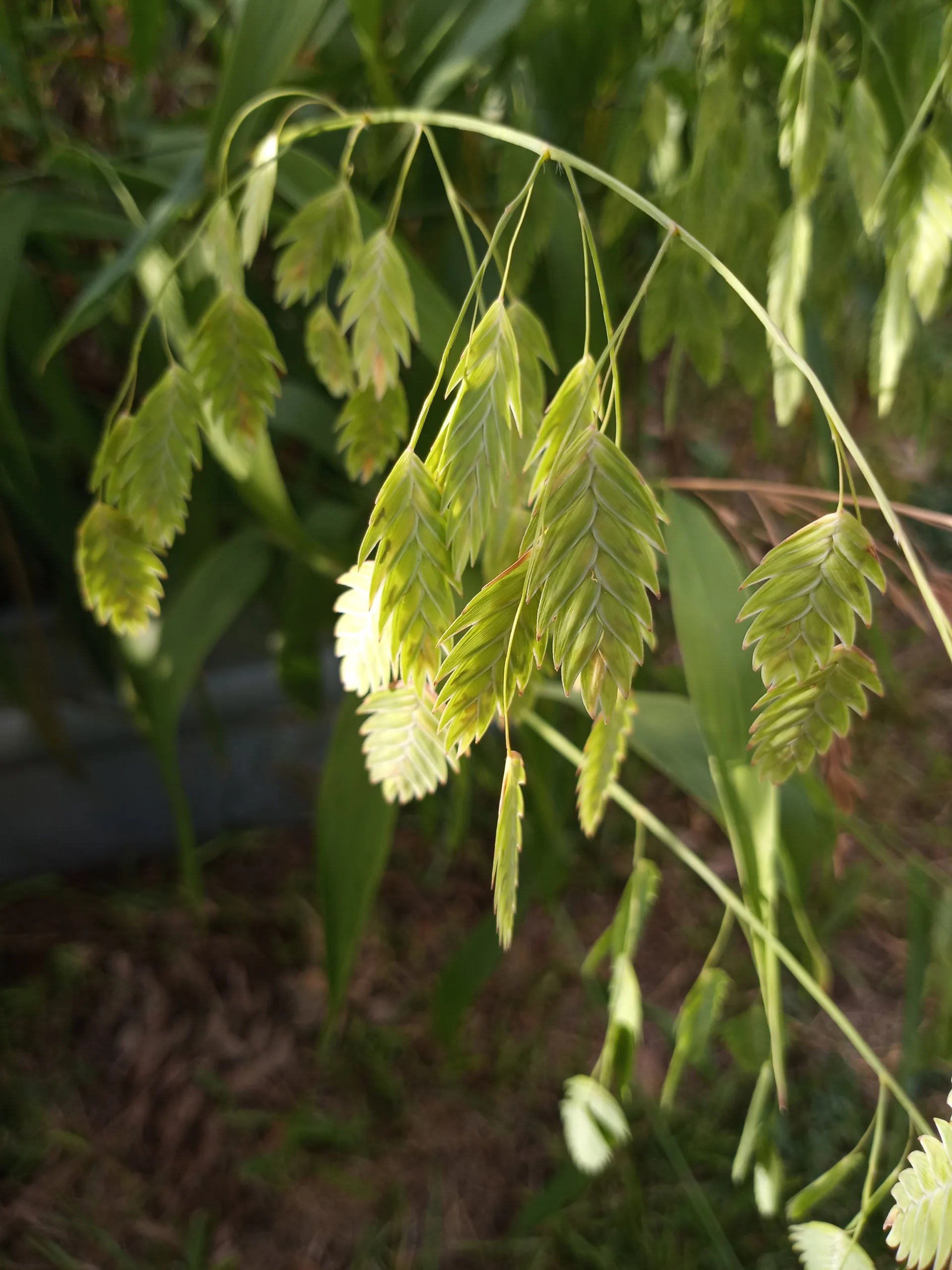
Gulf Muhly
Muhlenbergia capillaris
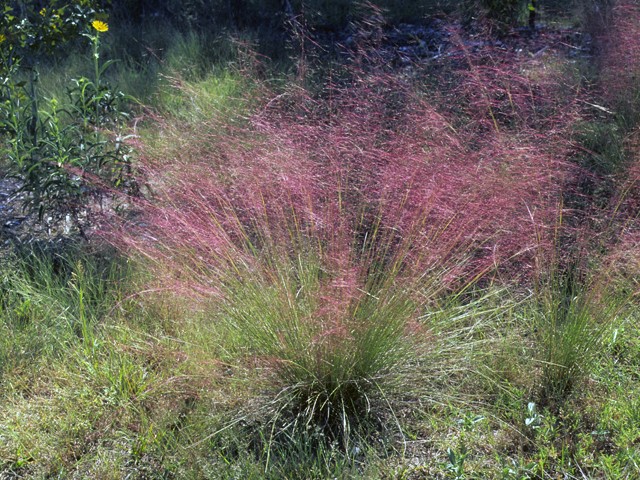
Big Muhly
Muhlenbergia lindheimeri

Fern
Groundcover
Shrub
Beebrush
Aloysia gratissima

Flame Acanthus
Anisacanthus quadrifidus var. wrightii

American Beautyberry
Callicarpa americana
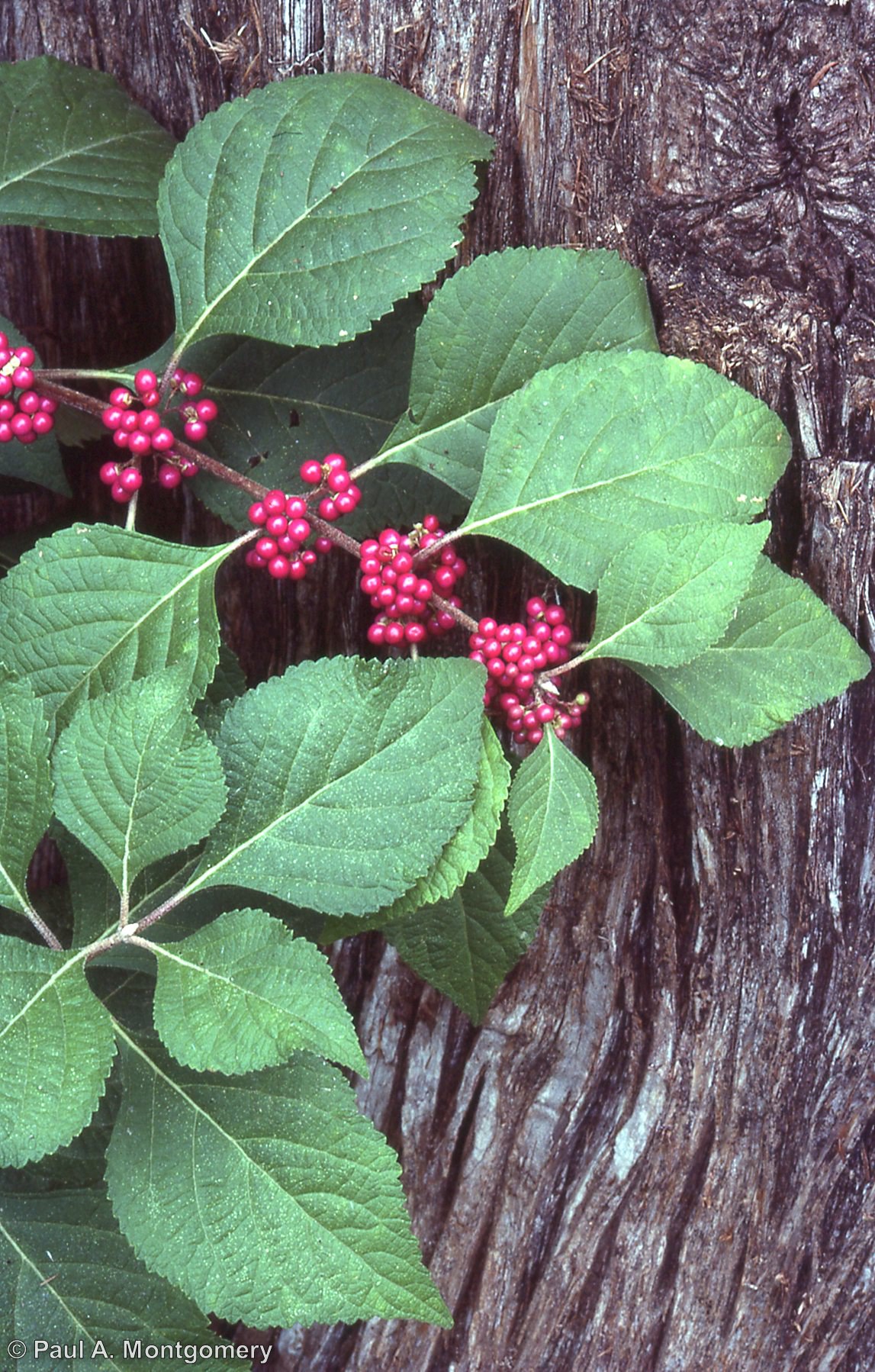
Fragrant Mistflower
Chromolaena odorata

Damianita
Chrysactinia mexicana
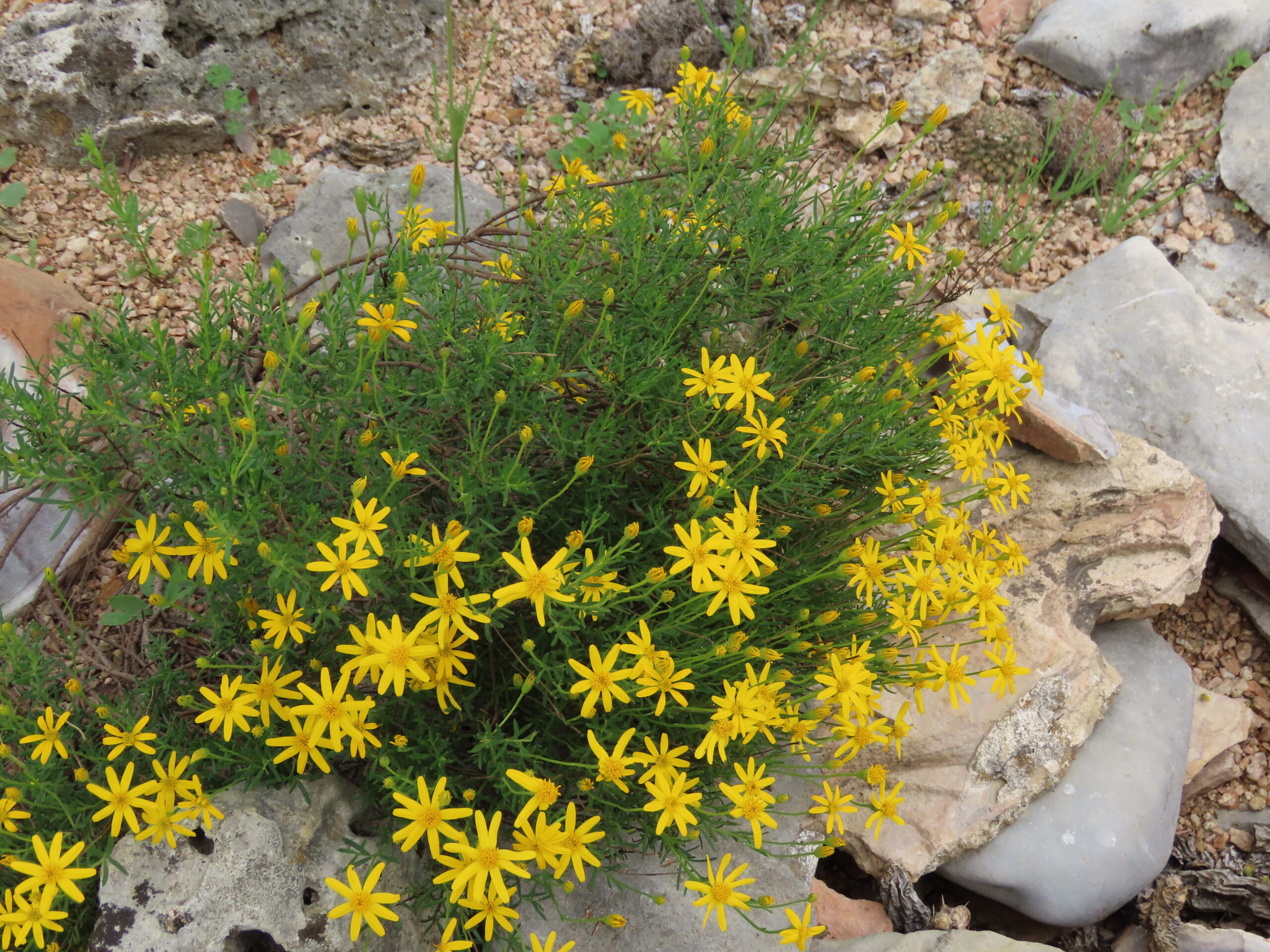
Black Dalea
Dalea frutescens

Texas Mountain Laurel
Dermatophyllum secundiflorum

Possumhaw Holly
Ilex decidua

Scarlet Pea
Indigofera miniata

Texas Lantana
Lantana horrida

Cenizo
Leucophyllum frutescens

Turk's Cap
Malvaviscus arboreus

Rock Rose
Pavonia lasiopetala
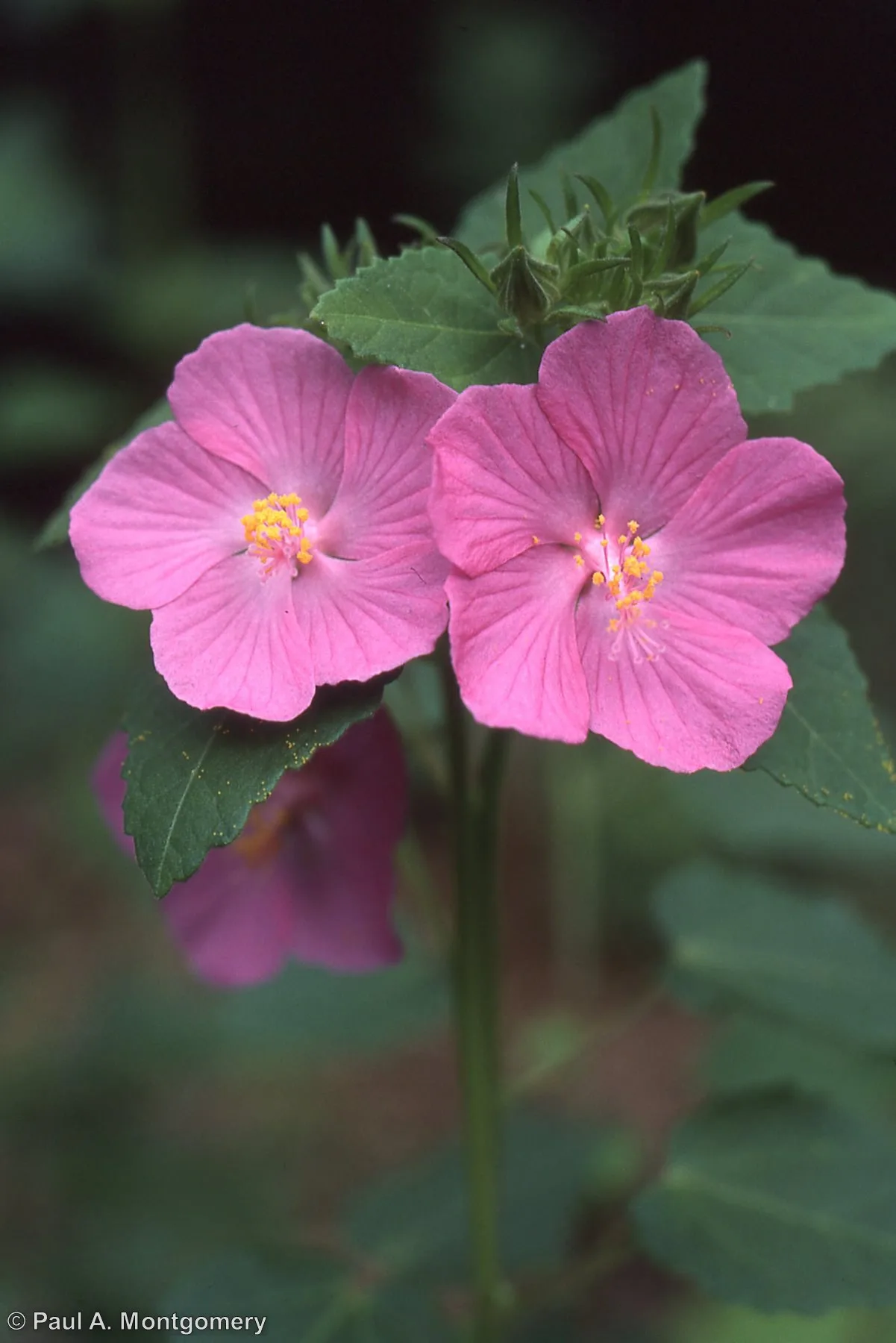
Evergreen Sumac
Rhus virens

Autumn Sage
Salvia greggii

Fall Aster
Symphyotrichum oblongifolium

Esperanza
Tecoma stans

Skeletonleaf Goldeneye
Viguiera stenoloba

Zexmenia
Wedelia acapulcensis var. hispida

Vine
Crossvine
Bignonia capreolata

Texas Virgin's Bower
Clematis drummondii

Purple Leatherflower
Clematis pitcheri
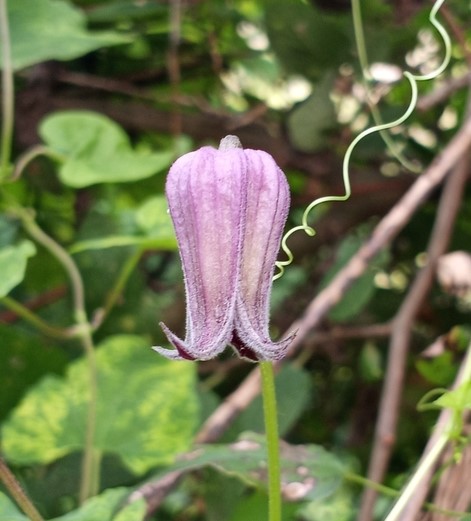
Scarlet Leatherflower
Clematis texensis
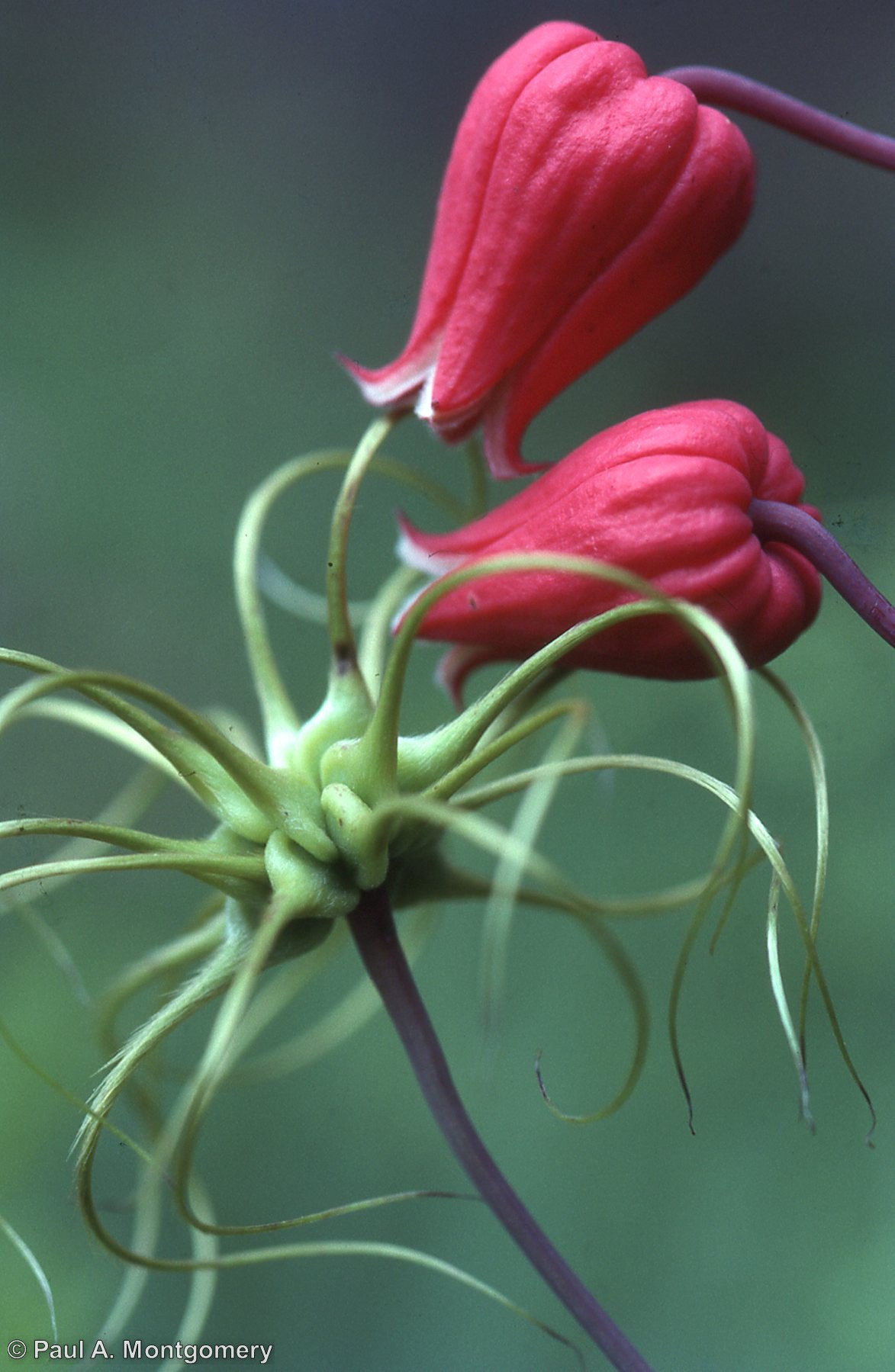
Coral Honeysuckle
Lonicera sempervirens
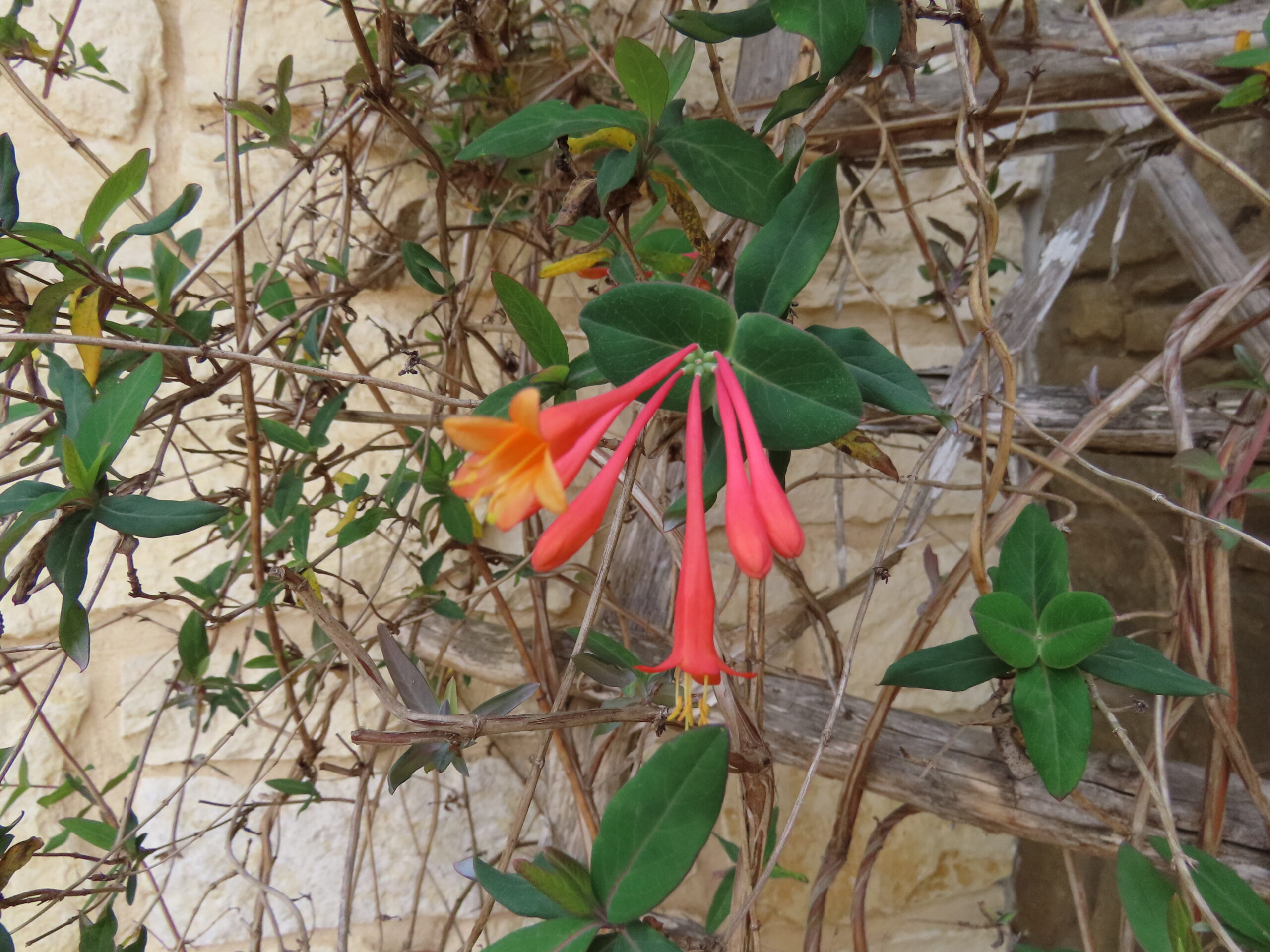
Snapdragon Vine
Maurandella antirrhiniflora

Purple Passionflower
Passiflora incarnata

Cactus & Succulent
Wetland
Tree
Plant Table
Here is the same list in tabular form. If you’d like to make your own shopping list you can copy and paste this table into a spreadsheet. For best results paste as text format into the spreadsheet.
| Common Name | Scientific Name | Growth Form | Light Requirement | Water Requirement |
|---|---|---|---|---|
| American Beautyberry | Callicarpa americana | Shrub | Shade | Low, Medium |
| American Germander | Teucrium canadense | Herbaceous | Part Shade | High |
| Anacacho Orchid Tree | Bauhinia lunarioides | Tree | Part Shade | Low |
| Autumn Sage | Salvia greggii | Shrub | Sun | Low |
| Beebrush | Aloysia gratissima | Shrub | Sun, Part Shade | Medium |
| Big Muhly | Muhlenbergia lindheimeri | Grass & Sedge | Sun, Part Shade | Low, Medium |
| Black Dalea | Dalea frutescens | Shrub | Sun | Low |
| Black-Eyed Susan | Rudbeckia hirta | Herbaceous | Sun | Medium |
| Blackfoot Daisy | Melampodium leucanthum | Herbaceous | Sun | Low |
| Bush Sunflower | Simsia calva | Herbaceous | Sun, Part Shade | Low |
| Cenizo | Leucophyllum frutescens | Shrub | Sun | Very Low, Low |
| Chile Pequin | Capsicum annuum | Herbaceous | Sun | Low |
| Coral Honeysuckle | Lonicera sempervirens | Vine | Sun | Low, Medium |
| Cowpen Daisy | Verbesina encelioides | Herbaceous | Sun | Low |
| Crossvine | Bignonia capreolata | Vine | Sun, Part Shade | Low, Medium |
| Damianita | Chrysactinia mexicana | Shrub | Sun, Part Shade | Very Low |
| Drummond's Wild Petunia | Ruellia drummondiana | Herbaceous | Part Shade, Shade | Low |
| Esperanza | Tecoma stans | Shrub | Sun | Low, Medium |
| Evergreen Sumac | Rhus virens | Shrub | Sun, Part Shade | Low |
| Fall Aster | Symphyotrichum oblongifolium | Shrub | Sun, Part Shade | Low |
| Flame Acanthus | Anisacanthus quadrifidus var. wrightii | Shrub | Sun, Part Shade | Very Low |
| Flameleaf Sumac | Rhus copallinum var. lanceolata | Tree | Sun | Very Low, Medium |
| Four-Nerve Daisy | Tetraneuris scaposa | Herbaceous | Sun, Part Shade | Very Low, Low |
| Fragrant Mistflower | Chromolaena odorata | Shrub | Sun, Part Shade, Shade | Low |
| Gayfeather | Liatris punctata | Herbaceous | Sun | Medium |
| Gray Globemallow | Sphaeralcea incana | Herbaceous | Sun, Part Shade | Low, Medium |
| Green Milkweed | Asclepias viridis | Herbaceous | Sun | Low |
| Gregg's Mistflower | Conoclinium dissectum | Herbaceous | Sun, Part Shade | Low, Medium |
| Gulf Coast Penstemon | Penstemon tenuis | Herbaceous | Sun, Part Shade | Medium |
| Gulf Muhly | Muhlenbergia capillaris | Grass & Sedge | Sun | Low, Medium |
| Hackberry | Celtis laevigata | Tree | Sun, Part Shade | Low, Medium |
| Heartleaf Rosemallow | Hibiscus martianus | Herbaceous | Sun, Part Shade | Low, Medium |
| Heartleaf Skullcap | Scutellaria ovata | Herbaceous | Part Shade, Shade | Low, Medium |
| Inland Sea Oats | Chasmanthium latifolium | Grass & Sedge | Part Shade, Shade | Low, Medium |
| Lanceleaf Coreopsis | Coreopsis lanceolata | Herbaceous | Sun, Part Shade, Shade | Medium |
| Mealy Blue Sage | Salvia farinacea | Herbaceous | Sun | Low |
| Mexican Plum | Prunus mexicana | Tree | Sun | Low |
| Obedient Plant | Physostegia virginiana | Herbaceous | Sun, Part Shade, Shade | Medium, High |
| Pigeonberry | Rivina humilis | Herbaceous | Shade | Medium |
| Possumhaw Holly | Ilex decidua | Shrub | Sun | Low, Medium |
| Prairie bluet | Stenaria nigricans | Herbaceous | Sun, Part Shade | Medium |
| Prairie Goldenrod | Solidago nemoralis | Herbaceous | Sun, Part Shade, Shade | Medium |
| Purple Coneflower | Echinacea purpurea | Herbaceous | Sun, Part Shade | Low, Medium |
| Purple Leatherflower | Clematis pitcheri | Vine | Sun, Part Shade | Medium |
| Purple Passionflower | Passiflora incarnata | Vine | Sun, Part Shade | Low, Medium |
| Retama | Parkinsonia texana | Tree | Sun | Low, Medium |
| Rock Rose | Pavonia lasiopetala | Shrub | Sun, Part Shade | Low |
| Scarlet Leatherflower | Clematis texensis | Vine | Part Shade | Low |
| Scarlet Pea | Indigofera miniata | Shrub | Sun, Part Shade | Low |
| Scarlet Sage | Salvia coccinea | Herbaceous | Sun, Part Shade, Shade | Low, Medium |
| Skeletonleaf Goldeneye | Viguiera stenoloba | Shrub | Sun | Low |
| Snakeherb | Dyschoriste linearis | Groundcover | Sun | Low |
| Snapdragon Vine | Maurandella antirrhiniflora | Vine | Part Shade | Medium |
| Soapberry | Sapindus saponaria var. drummondii | Tree | Sun | Low |
| Texas Ash | Fraxinus texensis | Tree | Sun, Part Shade | Very Low, Low |
| Texas Aster | Symphyotrichum drummondii var. texanum | Herbaceous | Sun | Low |
| Texas Lantana | Lantana horrida | Shrub | Sun | Very Low, Low |
| Texas Mountain Laurel | Dermatophyllum secundiflorum | Shrub | Sun | Very Low |
| Texas Sedge | Carex texensis | Grass & Sedge | Sun, Part Shade | Low |
| Texas Virgin's Bower | Clematis drummondii | Vine | Sun, Part Shade | Low |
| Turk's Cap | Malvaviscus arboreus | Shrub | Sun, Shade | Low, Medium |
| Wafer Ash | Ptelea trifoliata | Tree | Sun, Shade | Low, Medium, High |
| Wild Foxglove | Penstemon cobaea | Herbaceous | Sun, Part Shade | Low, Medium |
| Winecup | Callirhoe involucrata | Herbaceous | Sun, Part Shade | Medium |
| Woolly Stemodia | Stemodia lanata | Groundcover | Sun | Low |
| Zexmenia | Wedelia acapulcensis var. hispida | Shrub | Sun, Part Shade | Low |






